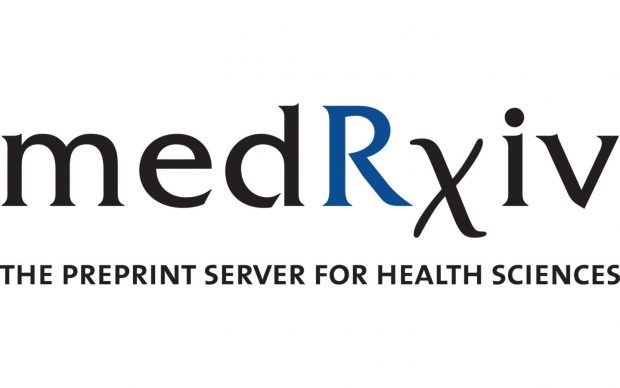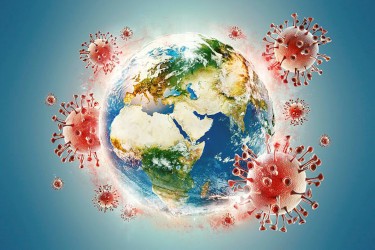 Kotwa et al. 2021. medRxiv https://doi.org/10.1101/2021.05.17.21257122
Kotwa et al. 2021. medRxiv https://doi.org/10.1101/2021.05.17.21257122
Background: The aim of this prospective cohort study was to determine the burden of SARS-CoV-2 in air and on surfaces in rooms of patients hospitalized with COVID-19, and to identify patient characteristics associated with SARS-CoV-2 environmental contamination.
Methods: Nasopharyngeal swabs, surface, and air samples were collected from the rooms of 78 inpatients with COVID-19 at six acute care hospitals in Toronto from March to May 2020. Samples were tested for SARS-CoV-2 viral RNA and cultured to determine potential infectivity. Whole viral genomes were sequenced from nasopharyngeal and surface samples. Association between patient factors and detection of SARS-CoV-2 RNA in surface samples were investigated using a mixed-effects logistic regression model.
Findings: SARS-CoV-2 RNA was detected from surfaces (125/474 samples; 42/78 patients) and air (3/146 samples; 3/45 patients) in COVID-19 patient rooms; 14% (6/42) of surface samples from three patients yielded viable virus. Viral sequences from nasopharyngeal and surface samples clustered by patient.
Multivariable analysis indicated hypoxia at admission, a PCR-positive nasopharyngeal swab with a cycle threshold of ≤30 on or after surface sampling date, higher Charlson co-morbidity score, and shorter time from onset of illness to sample date were significantly associated with detection of SARS-CoV-2 RNA in surface samples.
Interpretation: The infrequent recovery of infectious SARS-CoV-2 virus from the environment suggests that the risk to healthcare workers from air and near-patient surfaces in acute care hospital wards is likely limited. Surface contamination was greater when patients were earlier in their course of illness and in those with hypoxia, multiple co-morbidities, and higher SARS-CoV-2 RNA concentration in NP swabs. Our results suggest that air and surfaces may pose limited risk a few days after admission to acute care hospitals.

